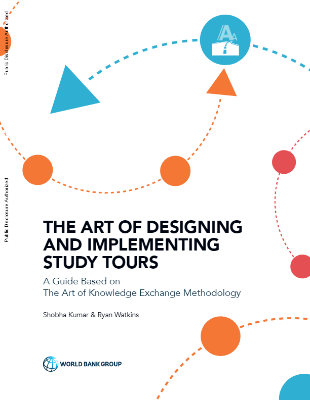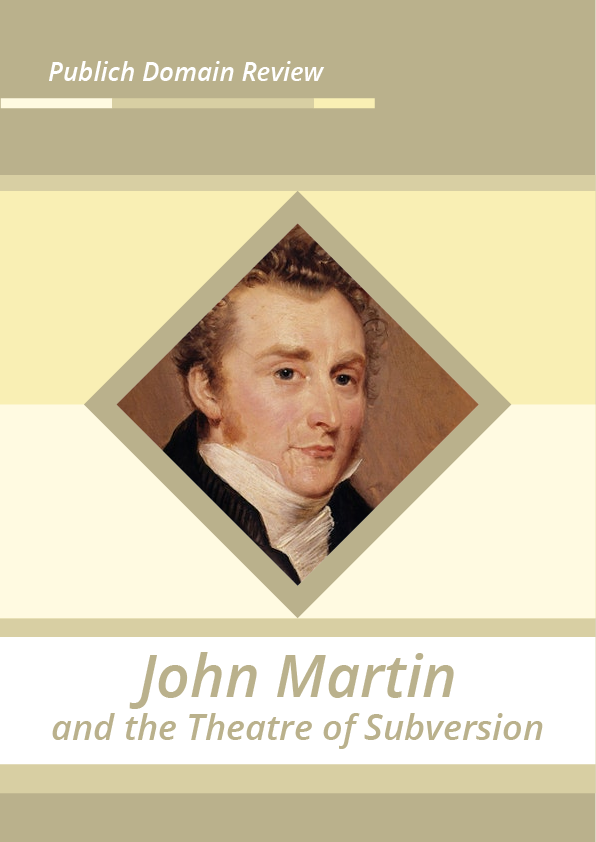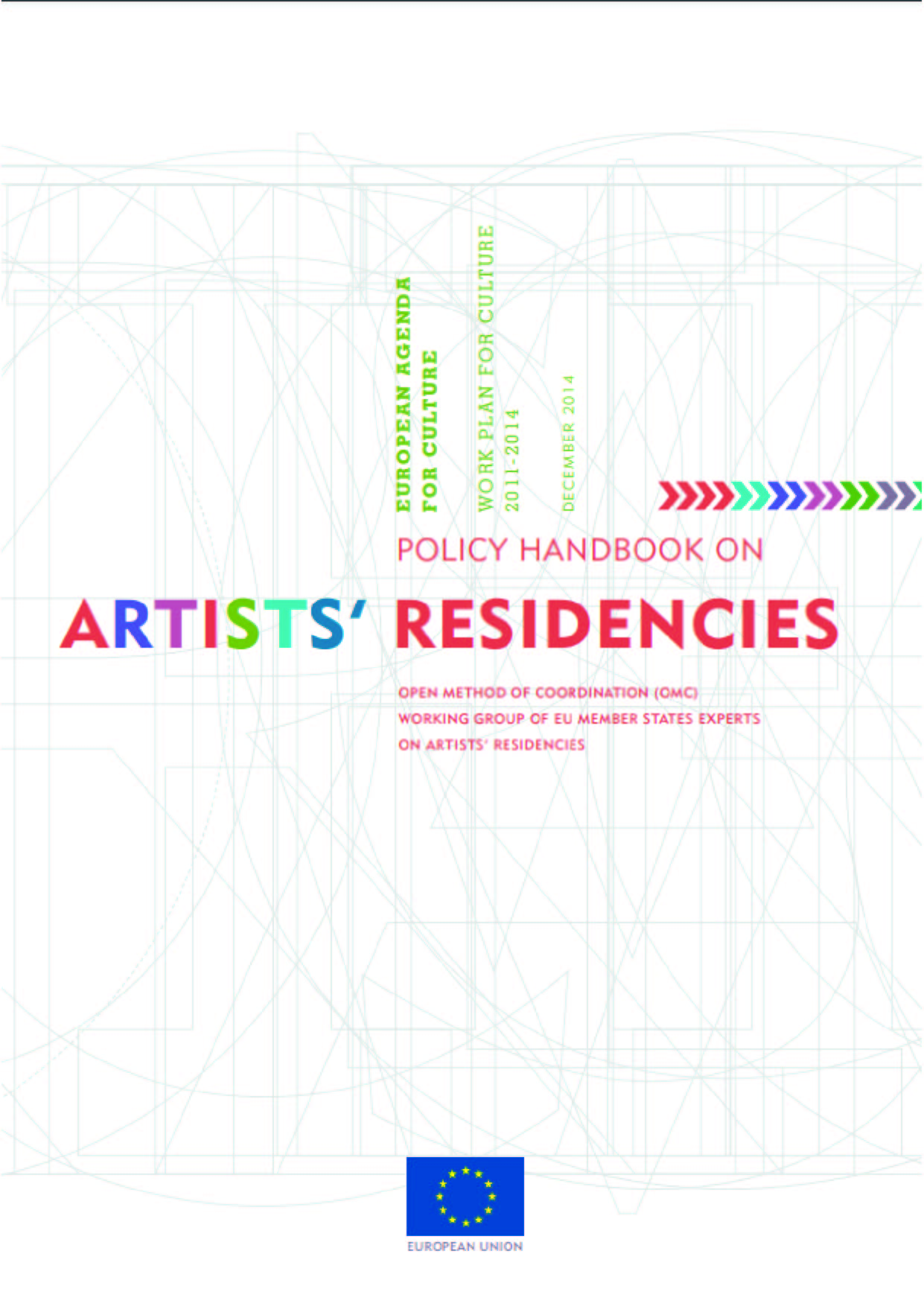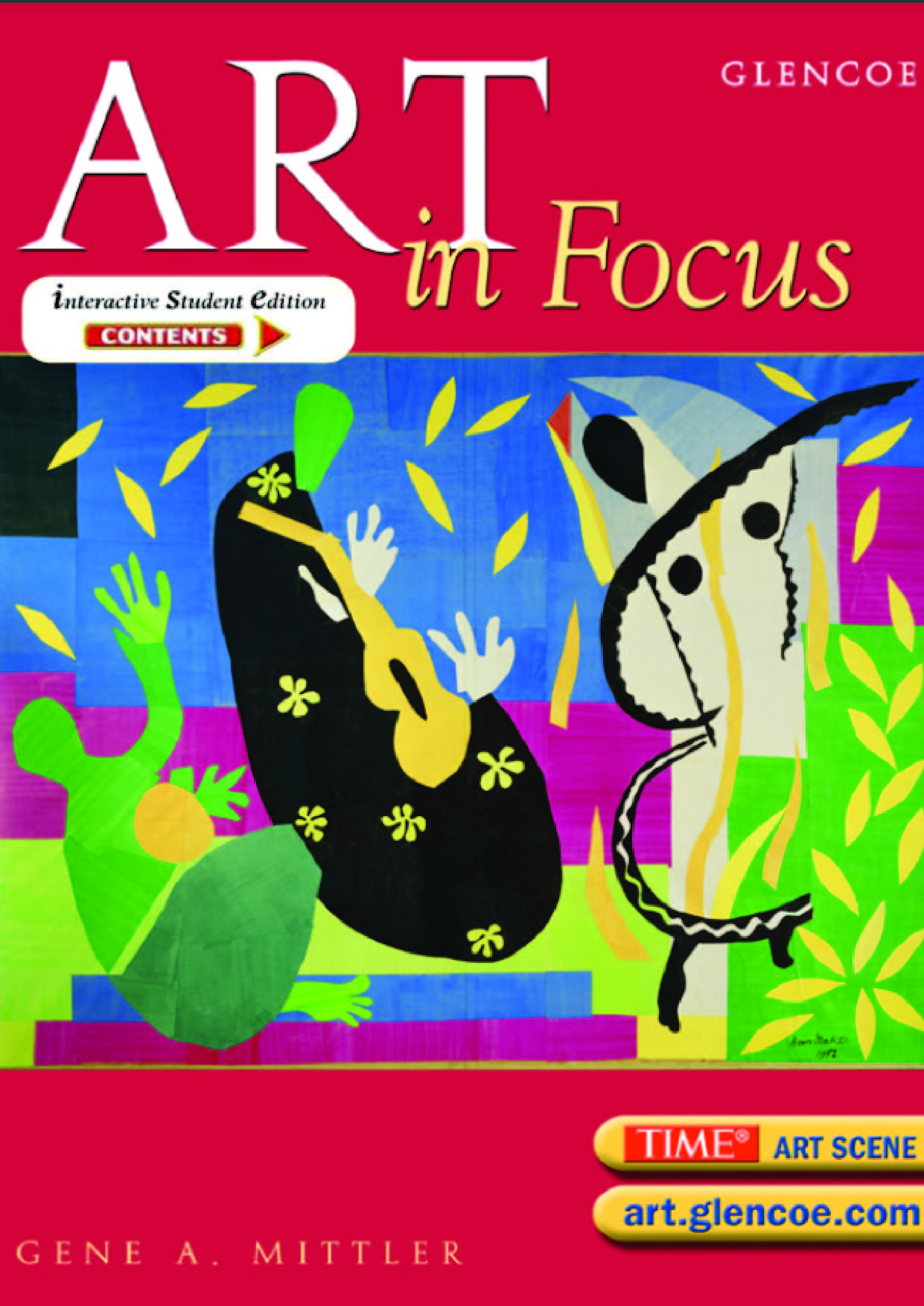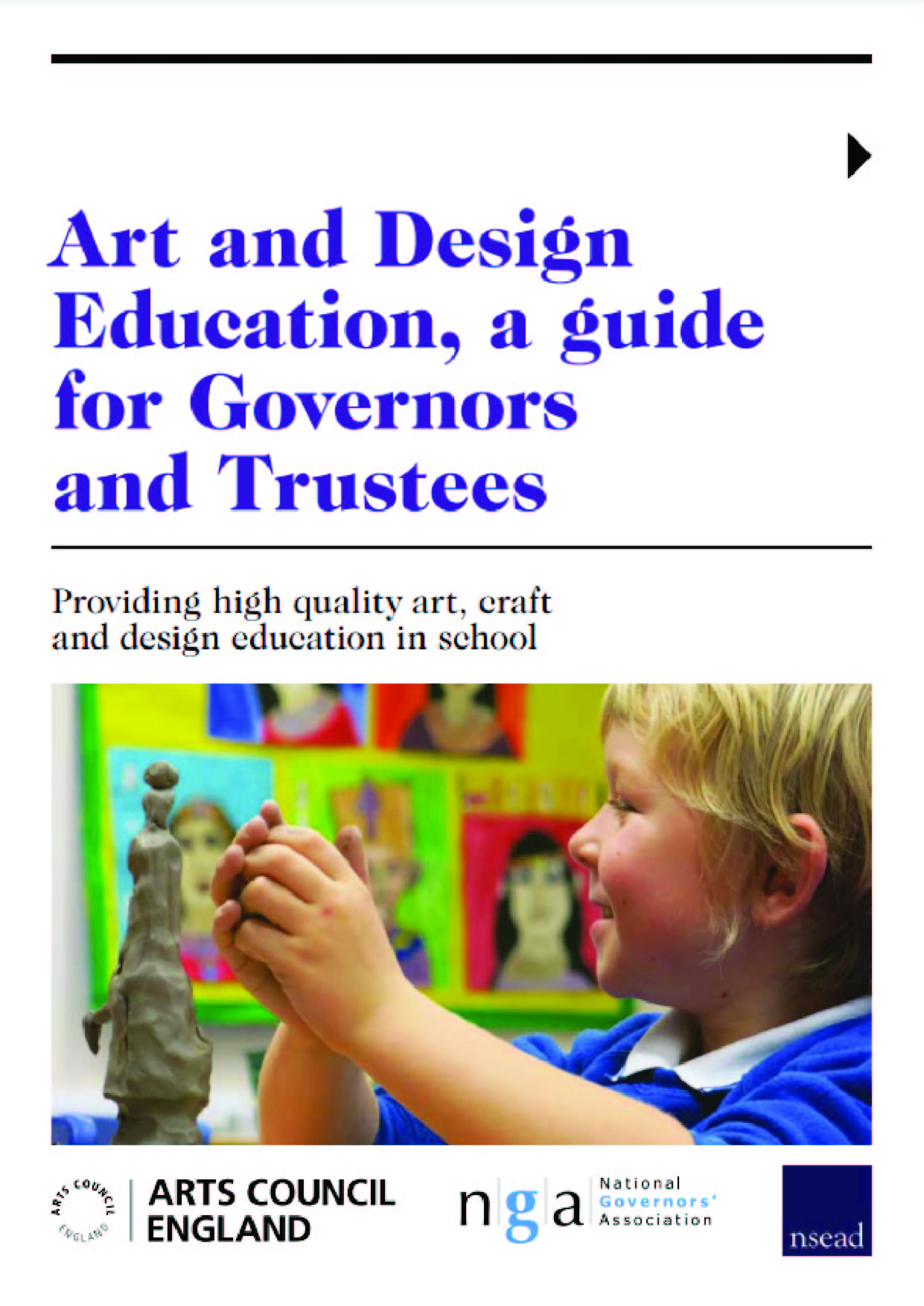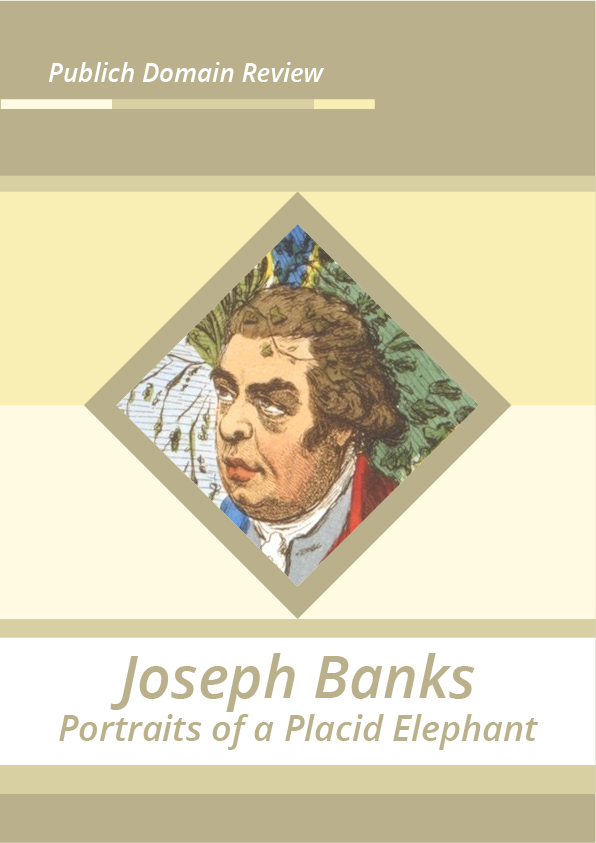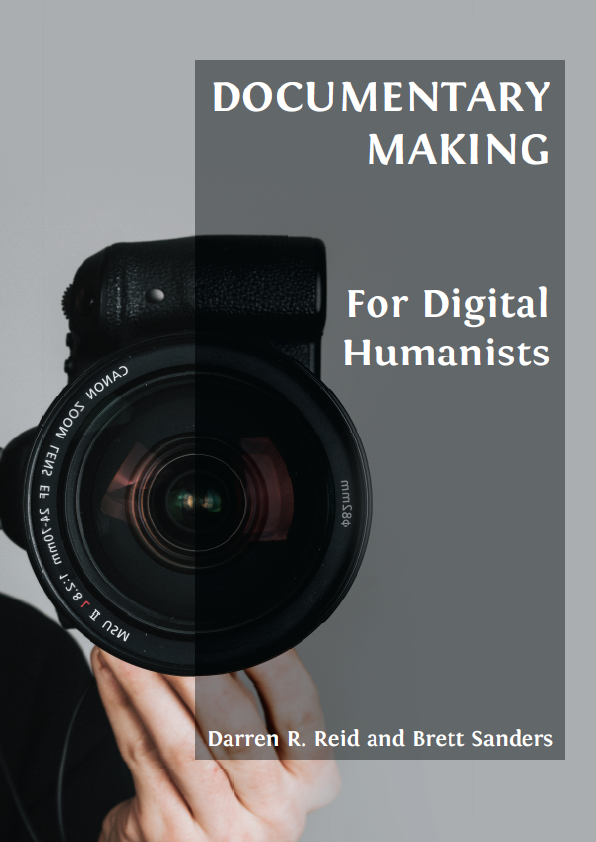INTRODUCTION TO THE ART OF DESIGNING AND IMPLEMENTING STUDY TOURS
Designing and implementing Study Tours that get results can be a big undertaking. This Guide, The Art of Designing and Implementing Study Tours, aims to take out the guesswork by breaking down the process into simple steps. The Study Tour Guide is written specifically for those who broker or coordinate or facilitate Study Tours between knowledge seekers and knowledge providers. A Study Tour is a learning journey for both the knowledge providers and seekers as it truly taps into the power and potential of peer-to-peer learning. When designing a Study Tour, it is useful to consider the different needs and characteristics of these two groups separately.
Based on the World Bank Group’s flagship publication, The Art of Knowledge Exchange: A Results-Focused Planning Guide for Development Practitioners, this Study Tour Guide benefits greatly from the tried and tested roadmap and results-focused methodology of The Art of Knowledge Exchange. It is an effort to delve deeper into one of the knowledge exchange instruments from the Art of Knowledge Exchange Toolbox, and provide detailed guidance on how to design and implement Study Tours for higher development impact.
This Guide uses a primary case study, Study Tour in Action, to illustrate the five steps in The Art of Knowledge Exchange methodology. These five steps — Anchor, Define, Design, Implement, and Evaluate — provide the roadmap for effective Study Tours that get results. The Guide also highlights four additional examples to illustrate how Study Tours have supported development outcomes when systematically designed and integrated as a part of a larger change process.
What is a Study Tour and Why Use One?
A visit or series of visits — learning journey(s) — to one or more countries or sites by an individual or group with a specific-learning goal in mind; participants learn firsthand from the experience of their peers how a challenge was solved or solution implemented.
Study Tours are best used for…
- Raising awareness of what is possible, gaining new knowledge, and learning different ways of doing things from others who have gone through or are going through similar challenges. Forging networks and partnerships with people working in similar areas.
- Building consensus and developing shared understanding and motivation for collaborative action among different stakeholder groups.
- Customizing, replicating, and scaling up tried and tested development solutions.
